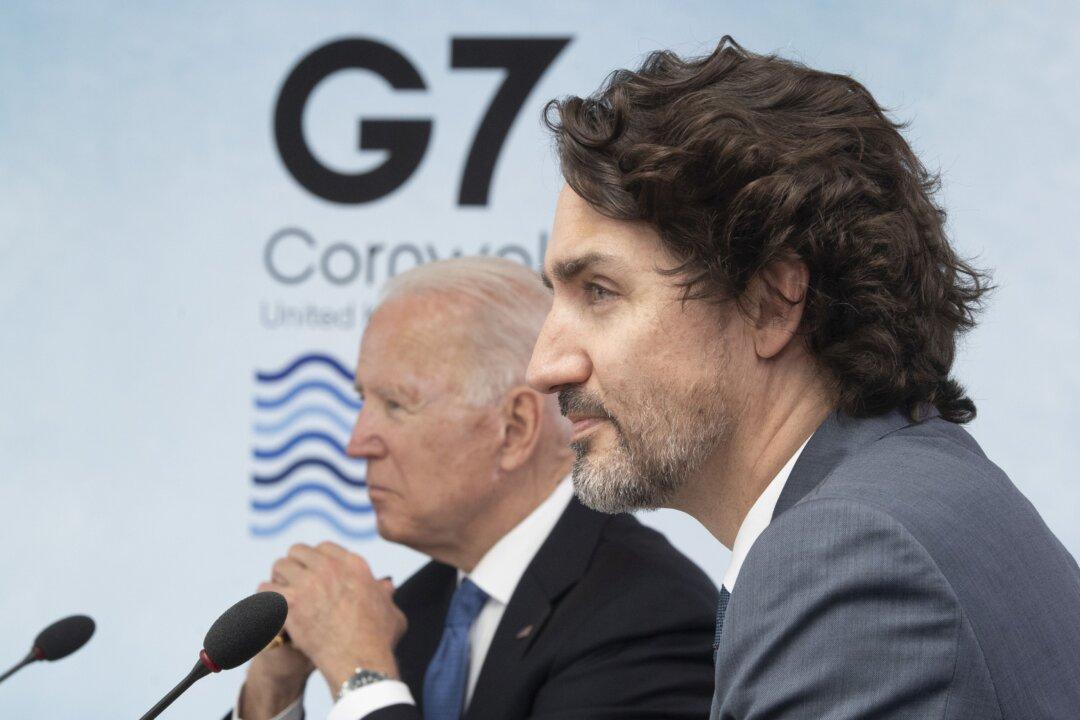Strengthening North American supply chains and friction over renewed attempts at U.S. protectionism are key issues as the leaders of Canada, the United States, and Mexico hold their first trilateral meeting since 2016.
The North American Leaders’ Summit comes amid new U.S. protectionism measures, one of several irritants for Canada. President Joe Biden’s infrastructure bill, signed into law Nov. 15, has many “Buy American” provisions. The Build Back Better Act introduced in Congress would give a tax credit of up to US$12,500 to any buyer of a new electric vehicle made in the United States by members of the United Auto Workers union, a requirement that Ottawa says would negatively impact the auto industry and related jobs.





